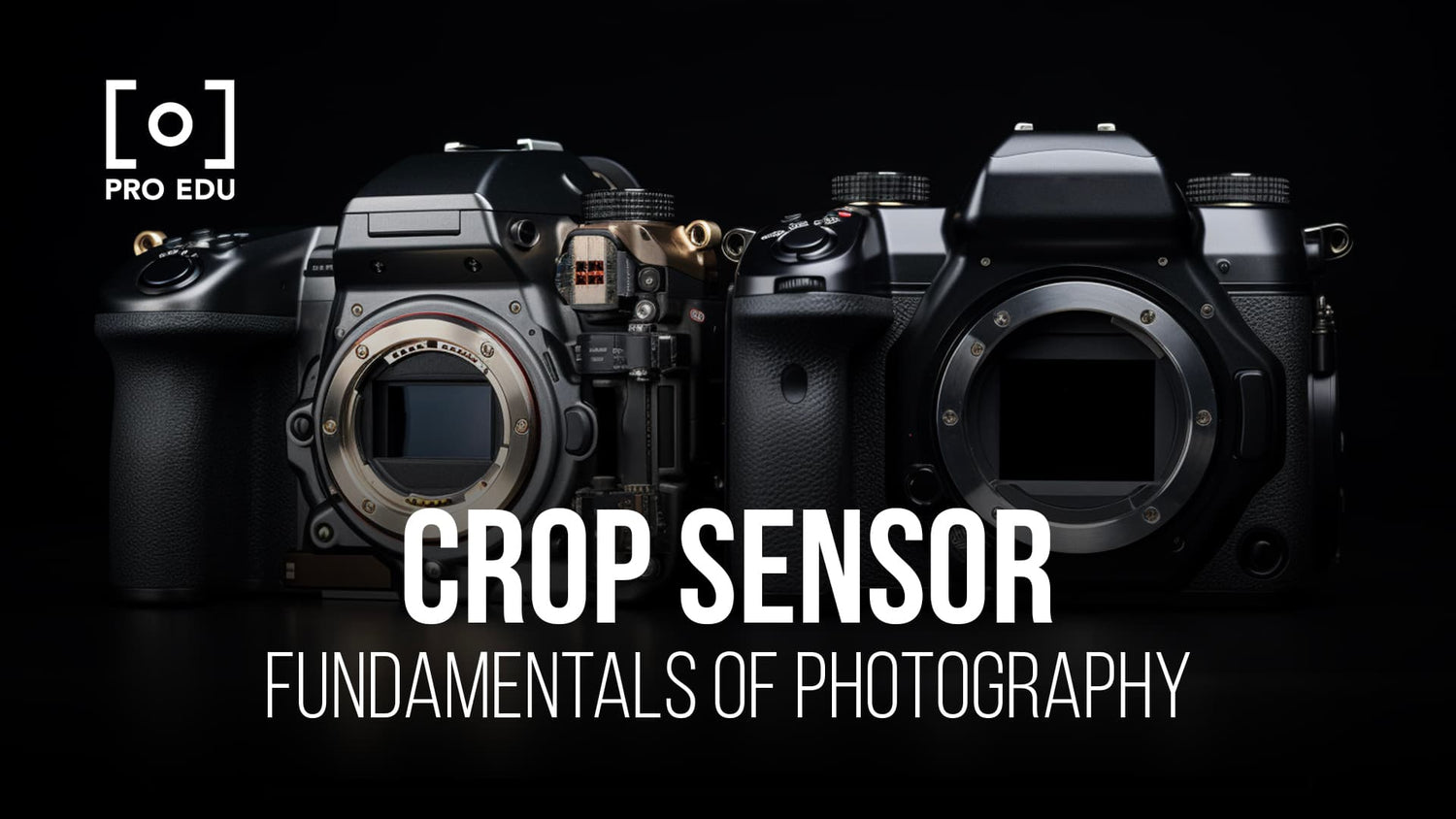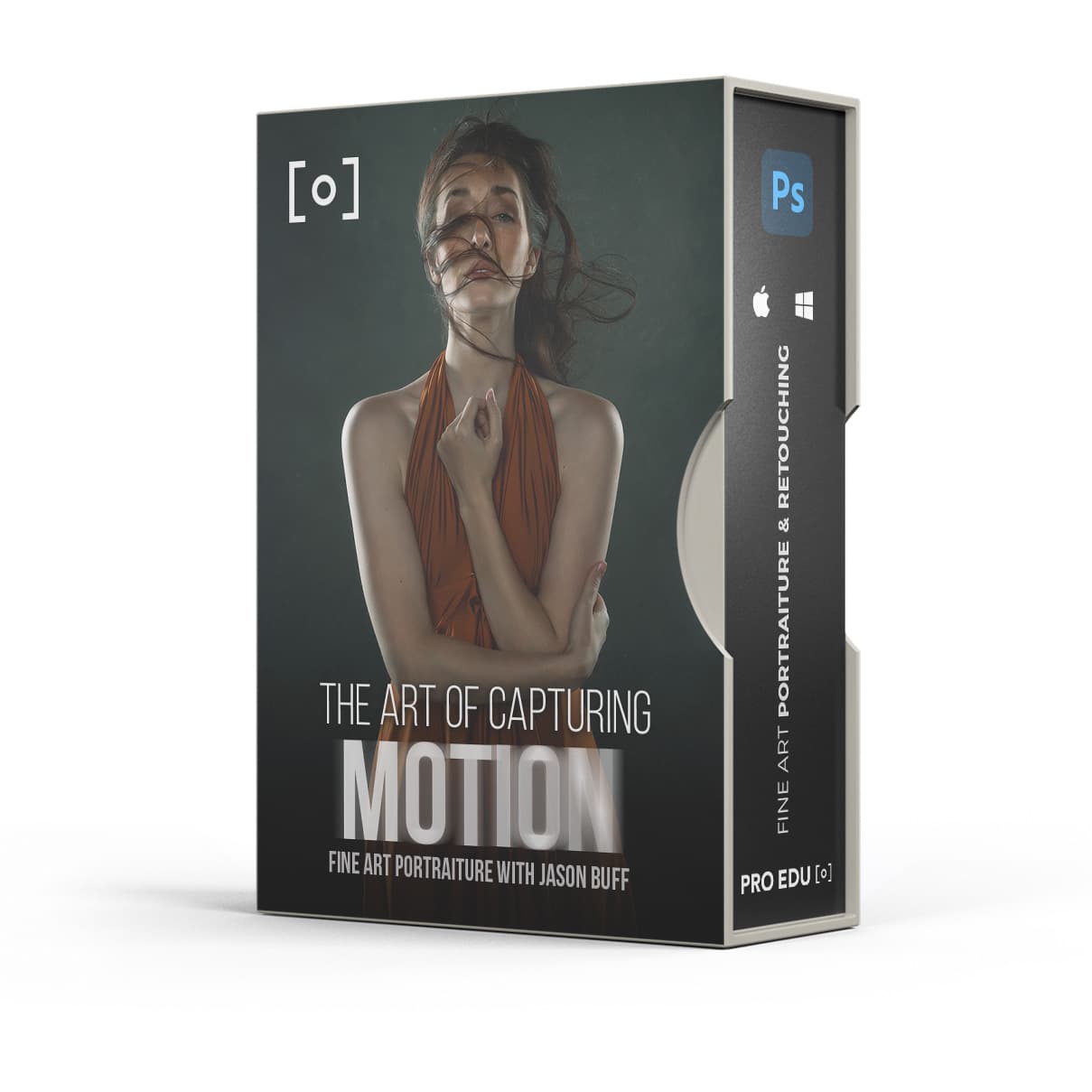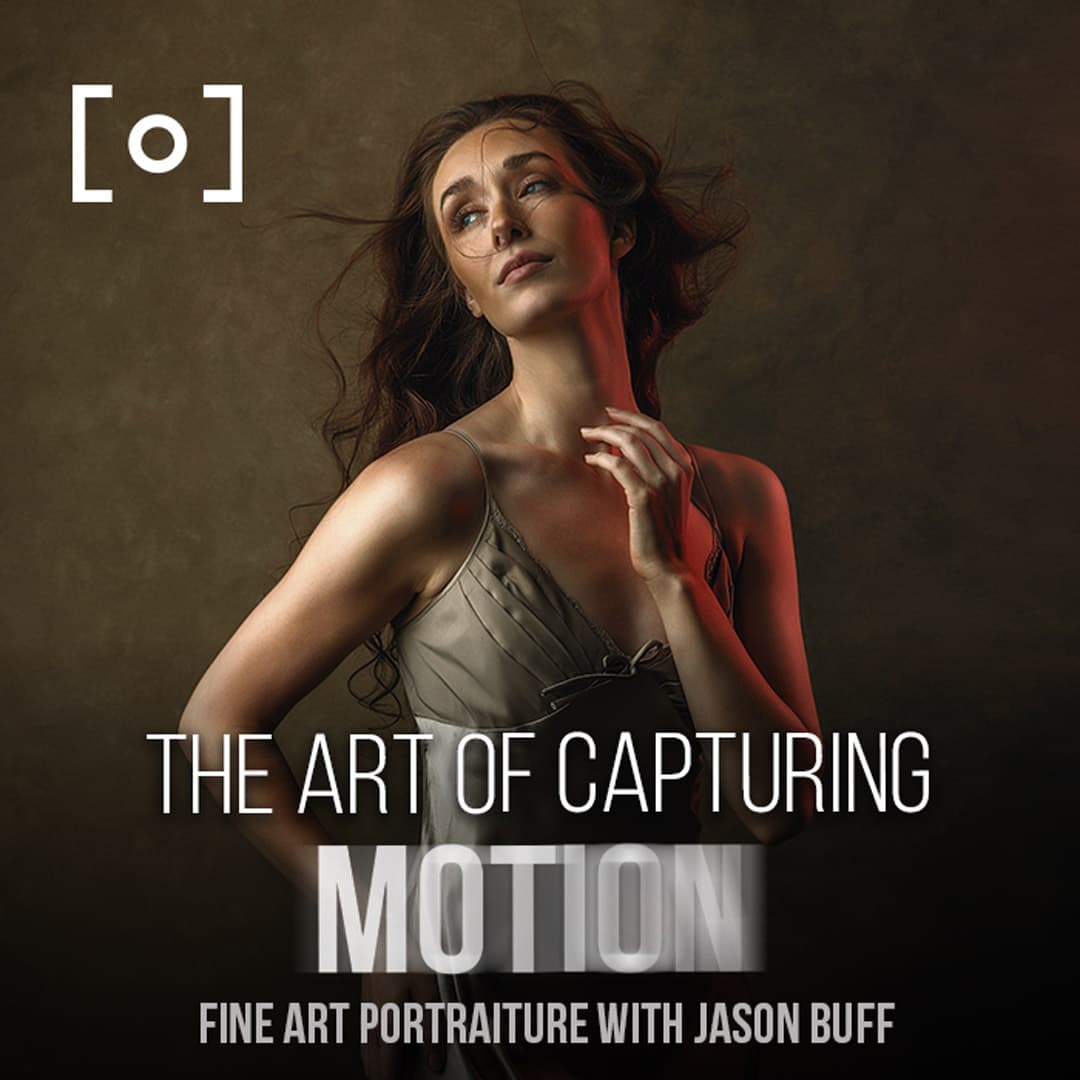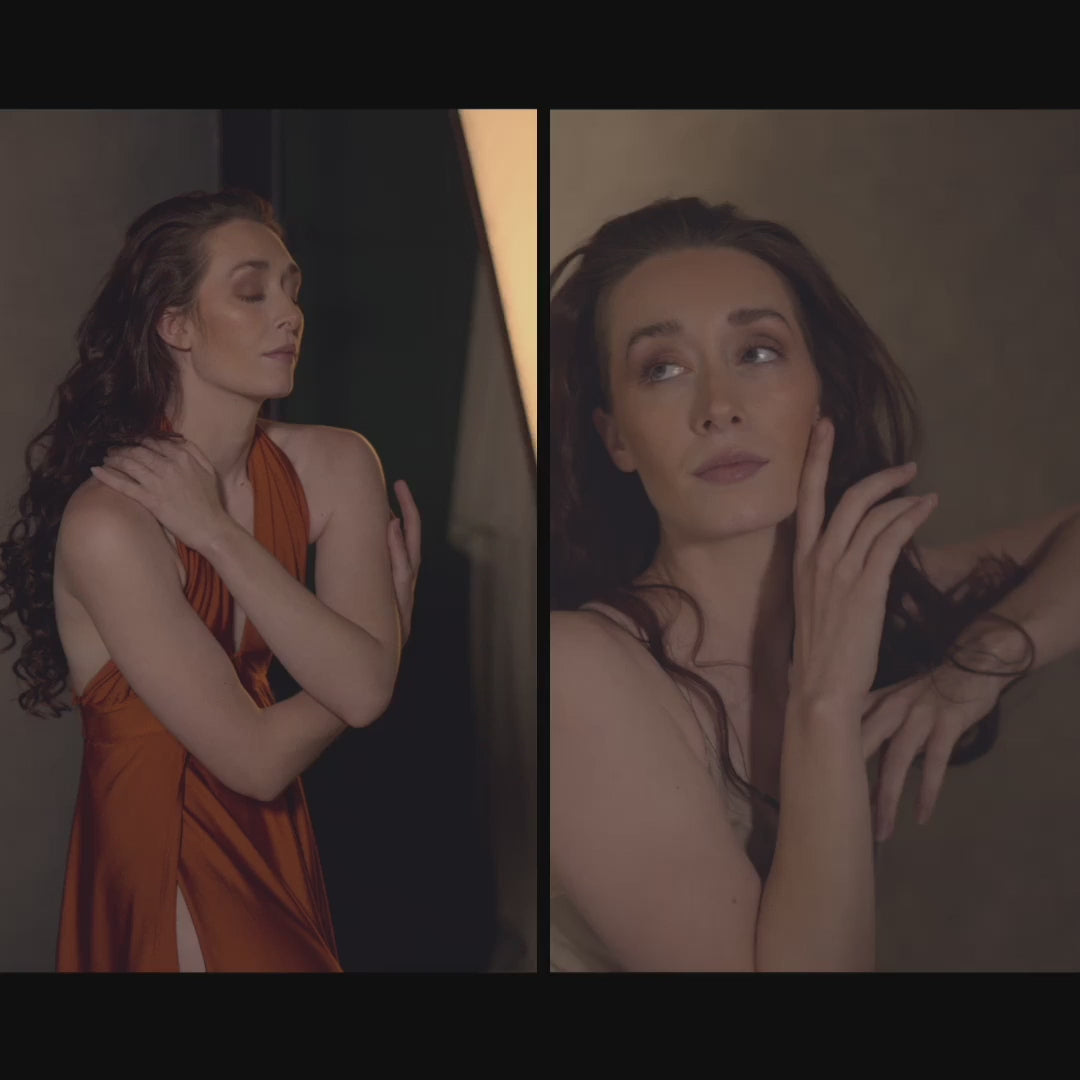Crop Sensor Cameras: Pros, Cons, and Best Practices Explained Clearly
In the world of photography, crop sensor cameras have become an increasingly popular choice, offering photographers greater flexibility in a more compact and budget-friendly package. Understanding the advantages and disadvantages of these cameras is essential for selecting the right gear and making the most of your creative pursuits.
Crop sensor cameras, also known as APS-C or DX cameras, have a smaller sensor size compared to full-frame cameras. This difference in sensor size affects various aspects of photography such as depth of field, field of view, and low-light performance. As one dives into the intricacies of crop sensor cameras, it becomes clear that they can be an effective tool for both amateurs and professional photographers alike.
Key Takeaways
- Crop sensor cameras provide flexibility and budget-friendliness for photographers
- Understanding the pros and cons of crop sensor cameras helps in making informed decisions
- Both amateurs and professionals can effectively utilize crop sensor cameras in their photography work.
Understanding Crop Sensor Cameras
What Is a Crop Sensor Camera
A crop sensor camera is a type of digital camera with a smaller image sensor compared to a full-frame camera. These cameras are often more affordable and lighter in weight.
Crop Factor Influence on Focal Length
The crop factor is the ratio between a full-frame sensor and a crop sensor. This factor affects the effective focal length of your lens. For example, a 50mm lens on a 1.5x crop sensor camera acts like a 75mm lens on a full-frame camera.
Understanding Field of View and Depth of Field
Field of view is the area within the camera frame that is in focus. Crop sensor cameras have a narrower field of view compared to full-frame cameras. Depth of field refers to the range of distance in a photo that appears sharp. Crop sensor cameras typically have a deeper depth of field than full-frame cameras at equivalent focal lengths and apertures.
Variances in Image Quality and Resolution
Image quality is influenced by factors such as sensor size, pixel density, and camera technology. Crop sensor cameras usually have a higher pixel density which can provide more detailed images. However, full-frame sensors generally provide better low-light performance and overall image quality. In terms of resolution, modern crop sensor cameras can produce high-quality images with resolutions similar to full-frame cameras.
Sensor Size and Crop Factor Correlation
Sensor size is directly correlated to the crop factor of a camera. Smaller sensors result in a higher crop factor, affecting the effective focal length and field of view. Understanding the relationship between sensor size and crop factor is crucial for photographers using crop sensor cameras.
Choosing the Right Lens and Camera Body
Lens Compatibility with Crop Sensor Cameras
When selecting lenses for crop sensor cameras, it's essential to understand their compatibility. Crop sensor cameras have a smaller sensor than full-frame cameras, which affects the effective focal length of lenses used with them. Therefore, we need to consider this factor when choosing lenses, particularly to avoid unwanted cropping or distortion.
Impact of Lens Size on Image
The size of the lens, specifically the sensor size, can impact the image quality. Crop sensors are smaller compared to full-frame sensors, which might result in less light captured and smaller pixels. This can affect the overall low light performance of the camera. However, it's important to note that advancements in sensor technology have significantly narrowed the gap between crop sensor and full-frame cameras in terms of image quality.
Understanding Camera Body Weight and Size
One of the main advantages of crop sensor cameras is their lighter and more compact design. These camera bodies are easier on the wallet and easier on you, allowing for enhanced portability and maneuverability, especially during long photoshoot sessions. When choosing a camera body and lenses, consider the balance of weight and size to ensure comfortable use, especially for travel and action photography.
Comparing Crop Sensor and Full-Frame Cameras
Performance in Low Light Scenarios
One of the primary differences between crop sensor and full-frame cameras is their performance in low light situations. Full-frame sensors are larger and capture more light, resulting in better low light performance. The pixels on full-frame sensors are also larger.
Crop sensor cameras, on the other hand, may struggle with low light conditions due to their smaller sensor size. This can result in increased noise and graininess in images taken in dim environments.
Sharpness and Detail Retrieval
When it comes to sharpness and detail retrieval, both full-frame and crop sensor cameras have their advantages. Crop sensor cameras feature a tighter field of view, which can lead to greater depth of field and potentially more detail in the resulting image.
However, full-frame cameras generally offer advantages in image quality, as the larger sensor size allows for more detail to be captured in each frame. This can result in sharper images, with better overall tonality and color depth.
The Role of Price in Camera Choice
Price can play a significant role in deciding between a crop sensor and a full-frame camera. Generally, full-frame cameras are more expensive than their crop sensor counterparts due to the larger sensor sizes and increased complexity of the camera systems. Additionally, full-frame cameras tend to have larger and more expensive lenses.
Crop sensor cameras, on the other hand, tend to be more affordable and can still offer excellent image quality for photographers on a budget. However, it's important to weigh the pros and cons of each camera type and sensor size, taking into account factors like low light performance, image sharpness, and your specific photography requirements.
Making the Most of a Crop Sensor Camera
Techniques to Enhance Image Quality
Using a crop sensor camera can result in great image quality if we pay attention to correct settings and techniques. One way to do this is by making use of the camera's lowest available ISO setting when shooting in well-lit conditions. This reduces noise and graininess in our images. Additionally, we can get the most out of our crop sensor cameras by using lenses with a sharp aperture, such as f/8 or f/11, which generally produce the sharpest images.
Maximizing Depth of Field
To maximize the depth of field in our crop sensor camera, we can use a wider angle lens and a smaller aperture like f/16. This combination allows for a larger portion of the scene to be in focus. Alternatively, we can use the hyperfocal distance technique, which involves focusing on a point in the scene that allows everything to be in focus. To make this method more accessible, we can use online calculators or smartphone apps that help calculate the hyperfocal distance for our lens and aperture settings.
Working with Focal Length
Crop sensor cameras typically have a crop factor, which affects the effective focal length of the lenses we use. Understanding this concept allows us to take better control of our composition. For example, on a 1.5x crop sensor camera, a 50mm lens would have an effective focal length of 75mm. We can still achieve wide-angle shots by using lenses with shorter focal lengths. Conversely, with longer focal lengths, our camera effectively provides a more magnified view. This can be advantageous for shooting subjects further away, such as in wildlife or sports photography.
Crop Sensor Cameras in Professional Photography
a
Use in Different Photography Genres
We often see crop sensor cameras used in various photography genres due to their versatility and affordability. For instance, wildlife and sports photographers benefit from the increased reach provided by the crop factor. Additionally, the high depth of field allows for greater detail when shooting distant subjects. This makes crop sensor cameras an effective choice for capturing dynamic moments in action.
Sensor Size and Quality in Professional Photography
When comparing sensor sizes, crop sensor cameras have a smaller sensor size than their full-frame counterparts. However, these cameras can still produce impressive results. The smaller sensor size leads to a higher pixel density, resulting in rich details in the final images. Moreover, the high depth of field of crop sensor cameras provides more focused images, especially when photographing far-off subjects.
Evaluating Autofocus Performance
Autofocus performance is crucial in professional photography, and crop sensor cameras boast reliable and rapid autofocus systems. Advancements in technology have allowed for improved autofocus performance in crop sensor cameras, making them suitable for a wider range of professional applications. Faster autofocus ensures that photographers can capture their subjects with precision and accuracy.
In summary, crop sensor cameras prove to be valuable tools for professional photographers across diverse genres. Their high depth of field, excellent autofocus performance, and affordability make them attractive options in the world of professional photography.
Frequently Asked Questions
What are the main pros and cons of using a crop sensor camera?
Crop sensor cameras tend to be more affordable and lighter than their full-frame counterparts. They also offer extra zoom for certain types of photography. However, full-frame sensors typically provide better low-light performance and overall versatility.
How does a crop sensor camera perform in wildlife photography compared to a full-frame?
In wildlife photography, crop sensor cameras can offer greater zoom, which helps capture distant subjects more easily. However, full-frame cameras generally have better image quality and low-light performance. Choosing between the two depends on your priorities and shooting conditions.
In what situations is a crop sensor camera more suitable than a full-frame?
Crop sensor cameras are more suitable for situations where extra zoom is needed, such as sports or wildlife photography. Due to their smaller size, they are easier to carry and more affordable, making them a good choice for beginners and enthusiasts.
How does image quality differ between crop sensor and full-frame cameras?
Full-frame cameras usually provide better image quality due to their larger sensors, which capture more light and offer a wider dynamic range. Image data is generally richer with full frame sensors, rendering details, noise, and colors more accurately than crop sensor cameras.
How do professional photographers utilize crop sensor cameras?
Professional photographers may use crop sensor cameras as a secondary option for their lightweight nature and extra zoom capabilities. In certain situations, like wildlife photography or fast-moving sports events, the benefits of a crop sensor camera may outweigh the advantages of full-frame sensors.
What should be considered when choosing the best crop sensor camera for specific needs?
When choosing the best crop sensor camera for your needs, consider factors such as your budget, intended use, and the camera's features. Look for cameras with a good combination of sensor size, image quality, and autofocus capabilities. It's also important to consider how a camera handles low-light situations and the availability of lenses compatible with the camera system.
















